Chapter 35. Perceptual Set
Learning Objectives
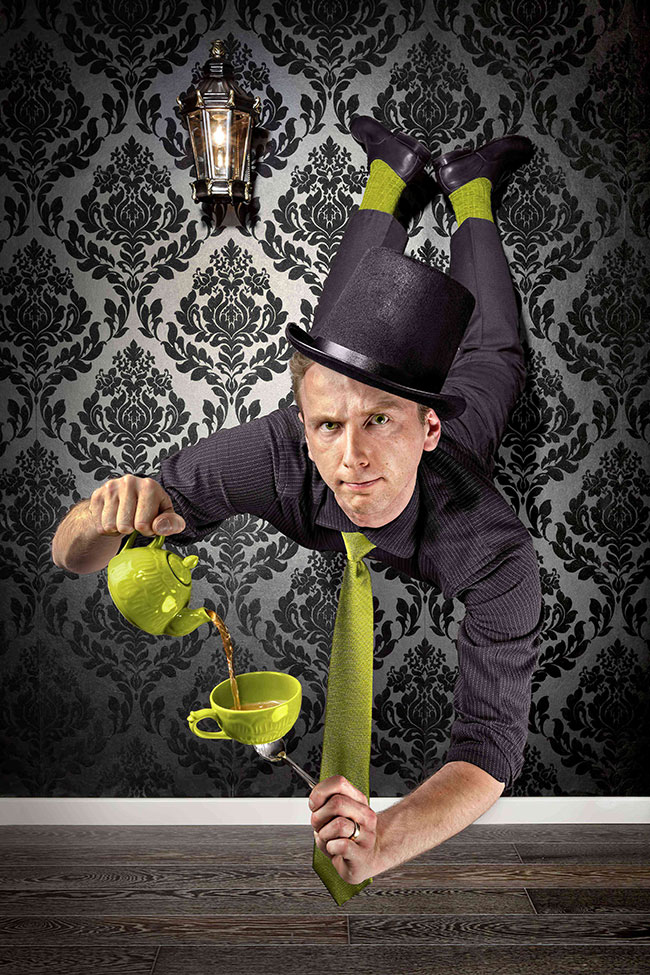
Describe the role that perceptual set plays in influencing perception.
Explain the connection between perceptual set and top-down/bottom-up perceptual processing.
Review
Review
Select the NEXT button to continue with the Review.

1. Sometimes, we perceive what we expect to perceive rather than what is actually there. This principle is called perceptual set—a tendency or predisposition to perceive a particular object or event. For example, if you were asked to read the numbers in this image, you would perceive the middle item as the number 13. But if you were asked to read the letters, you would perceive the middle item as the letter B.
Review
Review
Select the NEXT button to continue with the Review.

2. Perception involves an interplay between bottom-up processing and top-down processing. Top-down processing generates tentative ideas about the objects around us, and then tries to map those ideas onto the sensory input generated from bottom-up processing. Perceptual set influences top-down processing by providing expectations about what we will perceive.
Review
Review
Select the NEXT button to continue with the Review.

3. If the sensory input from bottom-up processing matches the expectations from top-down processing, we move on to produce a final interpretation of what is happening around us. But in cases where the input clearly doesn’t match our expectations, we need to generate new ideas and try again to match those ideas with the sensory evidence. If you expect to see an elephant, at first glance, this elephant looks normal. It’s only when you start counting the elephant’s legs that you realize your initial interpretation of the sensory information needs to be revised.
Practice 1: Creating an Expectation about Age
Practice 1: Creating an Expectation about Age
Select each of the buttons to see what would probably happen if you viewed the drawings in the sequence indicated.
When you look at a picture, your perceptual system is simultaneously using bottom-up processing (analyzing the raw sensations from the eyes to construct an interpretation of the picture) and top-down processing (using your expectations about the picture to guide the analysis of the raw sensations). Perceptual set is a mental predisposition that influences top-down processing by imposing a specific concept or idea about what you will see.



Practice 2: Creating an Expectation about Gender
Practice 2: Creating an Expectation about Gender
Select the NEXT IMAGE button to move through this perceptual set example.
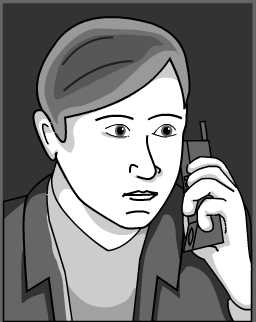
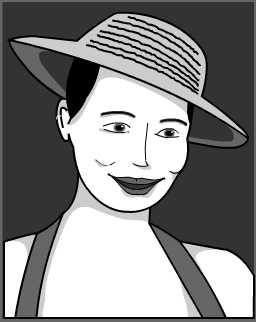

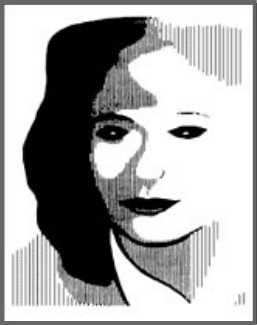

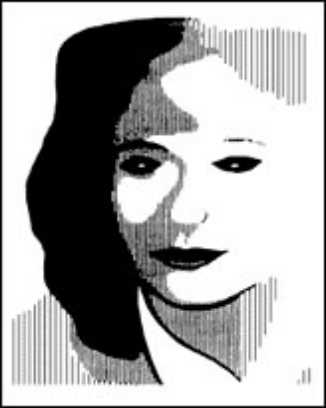
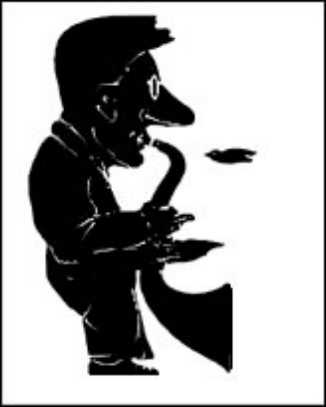

Practice 3: Creating an Expectation about Spoken Words
Practice 3: Creating an Expectation about Spoken Words
Follow the steps to experience the power of perceptual set.
When audio clips of a person speaking are played backwards, people sometimes report hearing "hidden messages" embedded in the random sound waves. Why does this happen?
Step 1: Select the "Play normal" button and listen to a reading from “Jabberwocky” by Lewis Carroll. (Select "View the reading" button to see this portion of the Jabberwocky poem spelled out.)
Step 2: Select the "Play backward" button and listen to the same reading in reverse, trying hard to hear any hidden messages in the form of intelligible English words or phrases. Did you hear any words or phrases?
Step 3: Select the "Perceptual set" button and read the phrase provided.
Step 4: Select the "Play backward" button again and listen to the reading in reverse one more time. Now that you have a perceptual set for what you are going to hear, does the phrase jump out at you? If so, remember that the phrase doesn't really exist. Your perceptual system has simply imposed the phrase (through top-down processing) on its interpretation of a series of completely random, meaningless sounds (generated through bottom-up processing).
Caroll, Lewis (Charles Lutwidge Dodgson). (1871). Through the looking-glass, and what Alice found there. London: Macmillan.
Vokey, J. R., & Read, J. D. (1985). Subliminal messages: Between the Devil and the media. American Psychologist, 40, 1231-1239.
Quiz 1
Quiz 1
Match the terms to their descriptions by dragging each colored circle to the appropriate gray circle. When all the circles have been placed, select the CHECK ANSWER button.
Quiz 2
Quiz 2
Answer the question. Then select the CHECK ANSWER button.

A. People who believe in the Loch Ness monster are likely to see the monster, whereas skeptics are likely to interpret the same visual input as floating logs or unusual wave patterns.

B. UFO sightings tend to occur in clusters, especially if the first reported sightings are publicized in the media.
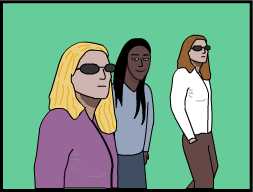
C. People who arrange to meet a friend in a public place sometimes misperceive a stranger as the person they are looking for.
Conclusion
